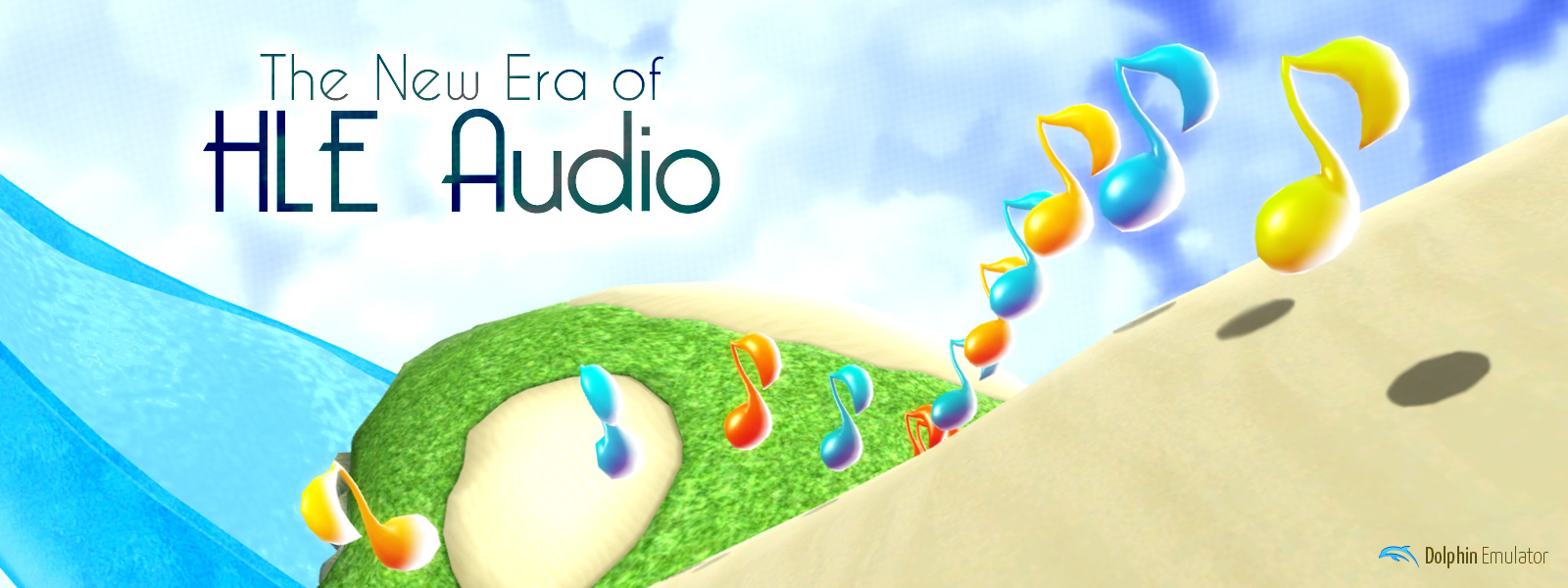
In early 2013, Dolphin had began its first steps in a new focus on accurate emulation. The 3.5 release represented a shift in the emulator's focus, and as such, saw great improvements in terms of compatibility and accuracy over the previous release. But one area that stuck out like a sore thumb during this era was the quality of High Level Emulation (HLE) audio. Hundreds of games suffered from crashes associated to audio, and thousands had significant problems, with missing effects, incorrect volume, and random bursts of …